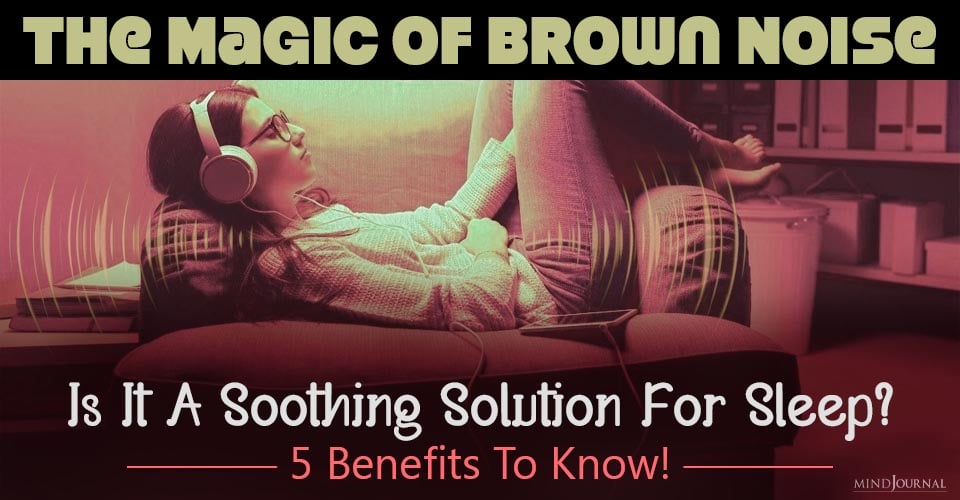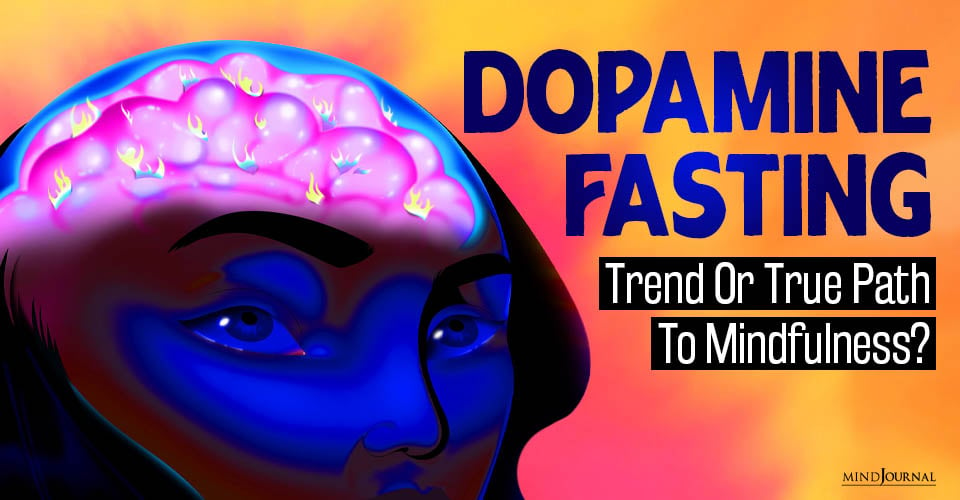The circadian rhythm, commonly known as the body’s biological clock, is disrupted with light at night. So are we paying a price for being exposed to artificial light? And, if so, what effect does it have on our health? Continue reading to find out.
The day-night cycle is one of the most defining patterns of life as we know it. We live in a cyclic environment and circadian rhythm is an essential element in the biology of all living organisms.
Many physiological processes are synchronized with the day-night cycle, being modulated by environmental timing cues such as sunlight. Our biological clock must detect the cyclic variations in light in order to manage our physiological functions accordingly.
The Link Between Light And Circadian Rhythm
To do so, light changes are sensed by specialized cells in the retina called retinal ganglion cells; these retinal photoreceptors receive light and send information to the brain, more specifically to a structure located in the hypothalamus called suprachiasmatic nucleus (SCN). SCN neurons then convey temporal information to other tissues, producing synchronized circadian rhythms in many of our bodily processes.
Evolution made us adapt to our cyclic environment and these external cycles have become essential to the maintenance of a healthy state. But modern societies have tainted these cycles. The widespread use of artificial lighting, for example, has heavily disrupted the natural daily light-dark cycle in a way that is far from innocuous. Continuous exposure to light is regarded as a risk factor for frailty, with a number of studies supporting the idea that this disruption in our circadian rhythms can have a significant impact on health.
Related: The 5 Types of Self-Talk Your Brain Likes Best
This is a major issue since it is estimated that about 75% of the world’s population may be exposed to light during the night. Also, shift work is considerably common (around 20% of workers in Europe and 29% in the US), and epidemiological studies have shown that shift workers have an increased occurrence of breast cancer, metabolic syndrome, obesity, bone dysfunctions, cardiovascular disease, stroke and sleep impairments.
But although these studies indicate a correlation between artificial light exposure and health issues, a causal relationship is hard to determine in human studies. Animal research has helped us understand the real impact of circadian rhythm disruption and has revealed a number of mechanisms through which it can influence health.
However, most studies used relatively brief periods of light exposure disruption which largely fail to reproduce the patterns of light exposure in some human contexts, such as shift work, or intensive care settings and nursing homes, for example.
A recent study has set about filling this gap by investigating the relationship between a long-term disruption of circadian rhythms and disease. In this work, mice were exposed to continuous light for 24 weeks and several health parameters were measured: rhythmicity in the central clock (the SCN), skeletal muscle function, bone microstructure, and immune system function were assessed at various time points during and following the 24 weeks of continuous light.
The findings showed that a disrupted circadian rhythm induces detrimental effects on several biological processes. Neuronal recordings revealed that the long-term exposure to continuous light caused a marked reduction in rhythmicity in the circadian pacemaker in the brain, the SCN. Continuous light also reduced muscle function, caused bone changes, and induced a transient pro-inflammatory state.
Related: The Psychology Of Olfaction: How Smell Can Influence Your Mood And Behavior
In fact, many of these changes were consistent with a state of accelerated aging, namely the decline in muscle strength, physical endurance and motor coordination which are often observed in elderly adults.
Relevant changes in bone structure were also observed. Bones are formed by two types of bone tissue: trabecular (or spongy) bone and cortical (or compact) bone. As one ages, spongy bone becomes less dense, whereas compact bone tends to thicken.
The continuous exposure to light in mice induced a progressive loss of trabecular bone similar to that observed in early age-related osteoporosis, and an increased thickness of cortical bone consistent with an accelerated effect of ageing. Up to 21% of elderly adults have osteoporosis and some of these changes have actually been reported in shift workers: studies have shown that female shift workers have an increased risk of bone fractures and decreased bone mineral density.
Continuous exposure to light also induces a heightened pro-inflammatory state. Upon an immune stimulus, mice exposed to continuous light showed an increased production of pro-inflammatory molecules and a decreased secretion of anti-inflammatory compounds, even though this effect was transient.
This intensified pro-inflammatory state is also observed during aging. Furthermore, human studies have also shown that shift workers have an increased risk of cancer and metabolic syndrome associated with immune system dysfunction, which is also known to aggravate age-related pathologies.
Related: What Is Brain Fog? Causes and Tips To Get Rid Of It
The reduction in rhythmicity in the SCN of mice continuously exposed to light also matches rhythm changes that occur in aged individuals. In fact, recent research suggests that impairments in the circadian clock within the SCN may be a defining factor in ageing, being likely that an aged circadian system may actually contribute to the age-related decline in health.
This study solidified the notion that long-term exposure to continuous light can have a significant impact on health. Interestingly, most of the health parameters measured quickly returned to normal after restoring a regular light-dark cycle. Nevertheless, it becomes clear that exposure to artificial light is not at all harmless.
By messing with our circadian rhythms through constant exposure to light, we may be accelerating our ageing process and be actively weakening our health and resistance to disease.
Related video:
References
Lucassen EA, et al (2016). Environmental 24-hr Cycles Are Essential for Health. Curr Biol, 26(14):1843-53. doi: 10.1016/j.cub.2016.05.038 Michaud M, et al (2013). Proinflammatory cytokines, aging, and age-related diseases. J Am Med Dir Assoc, 14(12):877-82. doi: 10.1016/j.jamda.2013.05.009 Nakamura TJ, et al (2016). The suprachiasmatic nucleus: age-related decline in biological rhythms. J Physiol Sci, 66(5):367-74. doi: 10.1007/s12576-016-0439-2 Quevedo I, Zuniga AM (2010). Low bone mineral density in rotating-shift workers. J Clin Densitom, 13(4):467-9. doi: 10.1016/j.jocd.2010.07.004 Stevens RG, et al (2014). Breast cancer and circadian disruption from electric lighting in the modern world. CA Cancer J Clin, 64(3):207-18. doi: 10.3322/caac.21218 Wang XS, et al (2011). Shift work and chronic disease: the epidemiological evidence. Occup Med (Lond), 61(2):78-89. doi: 10.1093/occmed/kqr001
Written by : Sara Adaes, PhD
Originally appeared on: Brainblogger.com
Republished with permission.











Leave a Reply